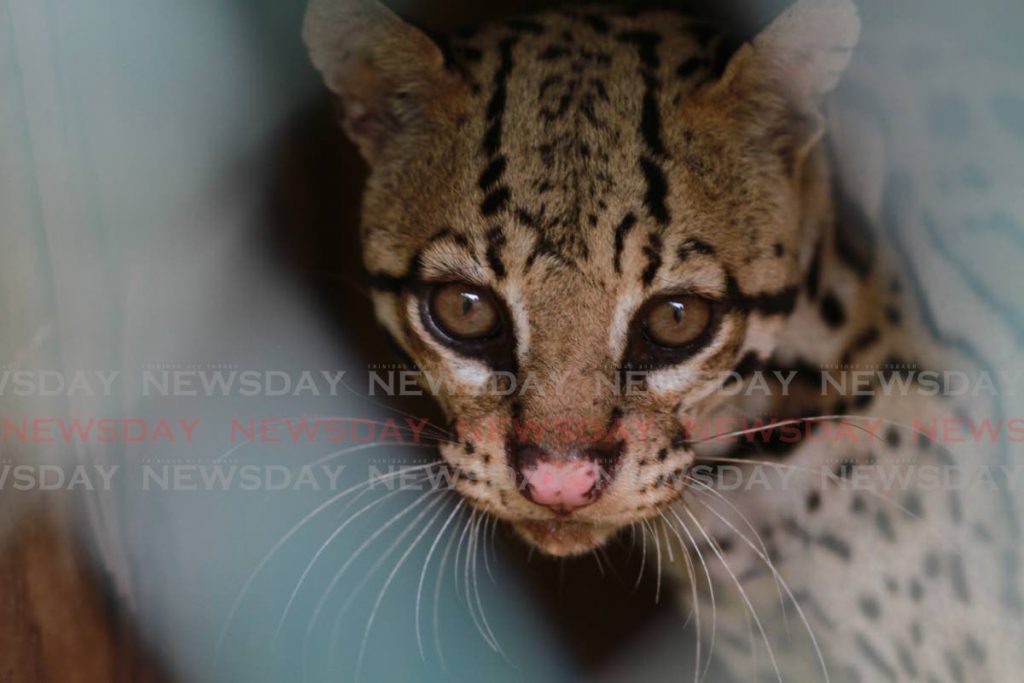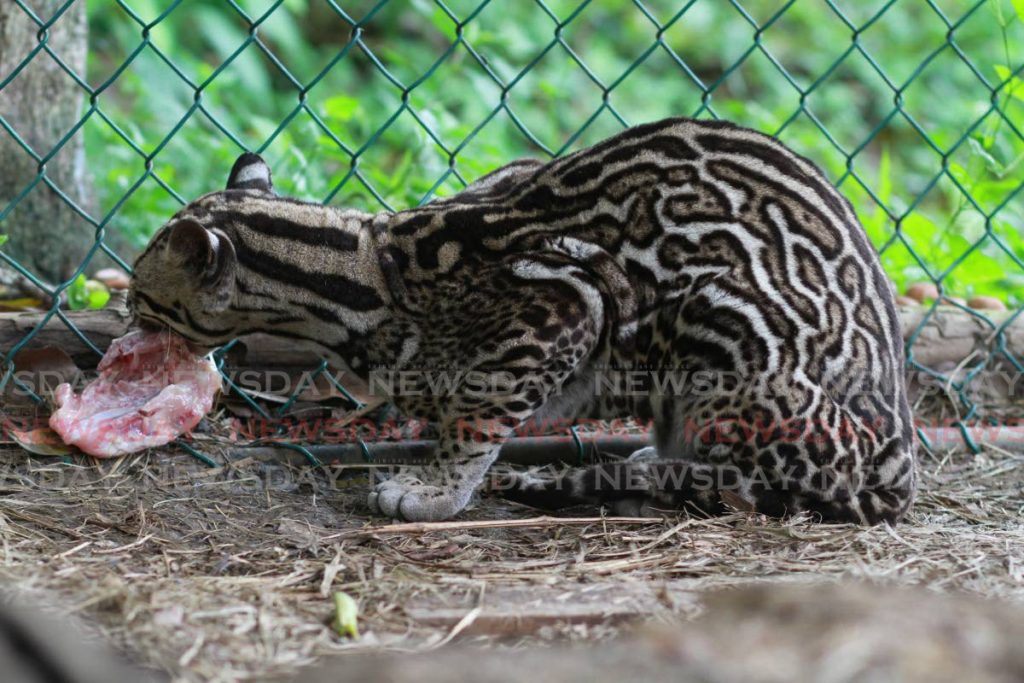How the ocelot came to Trinidad

In the wild, ocelots are widely distributed, and they can be found from as far north as Texas in the United States to as a far south as Argentina.
But did you know that Trinidad is one of the few islands on which you can find these medium-sized neotropical felines?
“Trinidad is special in terms of being included in the range of the ocelot because it’s one of the few islands that you see ocelots on,” said wildlife biologist Dr Luke Rostant.
Dr Rostant does research on mammals with the department of life sciences at the University of the West Indies (UWI).
So, how did ocelots come to exist in Trinidad?
Well, it’s important to know that Trinidad was once connected to the South American mainland but broke off thousands of years ago. However, some South American animals like the ocelot would have remained and survived on the new island.
While ocelots are found in Trinidad, they aren’t in Tobago.
Evidence suggests they once existed in Tobago but there are varying accounts on the natural causes which led to their extinction on the island overtime.
“It (the ocelot) is likely playing a really important role in regulating the number of different species within the rainforests of Trinidad,” said Dr Rostant.
The chances of seeing an ocelot in the wild is rare given they are solitary animals which means they often live alone for most of their lives.
Though ocelots are special animals and should be protected, they do face threats like habitat destruction from deforestation.

They also face the risk of being killed in human-wildlife conflict.
Sometimes ocelots are killed by farmers who complain they eat their livestock or by hunters who say they prey on agouti leaving less for them to hunt.
But Dr Rostant said more research needs to be done on these claims.
While ocelots are known to feed on birds and forest rodents, little is known about their diets in Trinidad including if they actually do eat agouti.
“We don’t believe that agoutis are under any threat from ocelots because there are a lot of agoutis out there.
“I can say there have been reports from farmers that ocelots do prey upon things like chickens and ducks which can be a problem.
“But I will of course advise that farmers shouldn’t take matters into their own hands.”
To learn more about their diets, researchers are working on a plan to collect the waste of ocelots and analyse it to see what they eat.
But there’s a lot more to learn about ocelots in Trinidad which includes doing a species population count to determine just how many there are on the island.
Dr Rostant along with other researchers from the UWI, and the Environmental Management Authority, are working to learn more about the ocelots.
Part of their research involves using technology known as camera trapping to get more data about ocelots.
Often placed on trees in the forests, to study wildlife, camera traps are cameras which are automatically triggered by the movement of animals.
Ocelots have a special characteristic which help researchers identify different ocelots in the images caught by camera traps.
“The nice thing about ocelots is that they have a unique coat. No two ocelots would have the same spots and rosettes (markings)," said Dr Rostant.
In TT, the ocelot is designated as an environmentally sensitive species (ESS).
“What comes with the ESS designation is the development of species management plans, species recovery plans to ensure that the species persist within wild.”


Comments
"How the ocelot came to Trinidad"